To complete our dinosaur experience at Winton, today we headed back out the Longreach road and turned off at Dinosaur Drive for the Australian Age of Dinosaurs (AAOD). The AAOD is located in a picturesque location atop a jump-up and at the entrance we were greeted by a bronze replica of a carnivorous dinosaur (Australovenator wintonensis), nicknamed 'Banjo'. The 4 attractions in 1 ticket we had purchased at the Dinosaur Stampede entitled us to a guided tour of the Fossil Preparation Laboratory, Collection Room and Dinosaur Canyon.
In the Fossil Preparation Laboratory we saw fossils that were in storage awaiting preparation. At the collection site they had been wrapped in aluminium foil, then wet newspaper and finally plaster soaked hessian. In a highlight, there was a 1.5m long prepared Sauropod femur which we were able to touch! Then we saw several people working with small tools to prepare bones for research and display.
In the Collection Room we saw the actual prepared bones from Banjo, as well as Australia's most complete sauropod (Diamantinasaurus matildae) nicknamed 'Matilda' and 'Wade' (Savannasaurus elliottorum). Both Banjo and Matilda were found at the same site and investigations suggest they died around the same time. It is postulated that Matilda, the much larger animal, killed Banjo with its long, powerful tail, but was then stuck in the sticky 'black' soil and perished itself. Click here for an animation of Banjo.
After the Collection Room we were taken by a small shuttle 2km to the Dinosaur Canyon Outpost. From here we walked along an elevated walkway, passing by a handful of exhibits, including one which replicated finding dinosaur bones in a dried out billabong and another replicating the dinosaur stampede via life-size bronze sculptures.
Tomorrow we move on from Winton to Richmond via Hughenden, but just a couple of other comments on Winton. During World War II an American war plane - a B-17D Flying Fortress - crash landed near Carisbrooke homestead, not far from Winton. The plane contained an American Congressman, who was then Navy Lieutenant-Commander Lyndon B. Johnson. He was on board because US President Franklin D. Roosevelt had apparently sent Johnson on a fact-finding mission to the Pacific. LBJ became the 36th US President in 1963 and returned to Australia in 1966 to summon up support for another war.
Tonight we cooked scotch fillet steaks on the Weber and based on last night's sausages and tonight's steaks, we can highly recommend the Winton butcher; both were delicious!

 Winton, Queensland, Australia
Winton, Queensland, Australia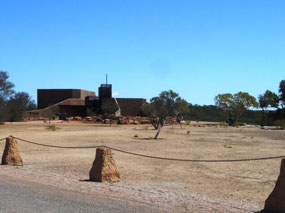
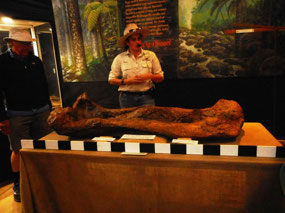
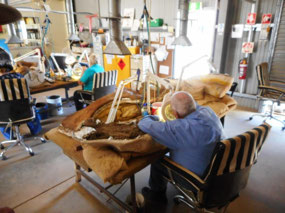
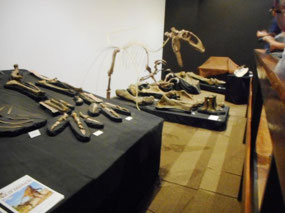
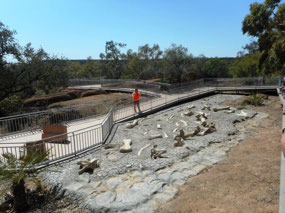
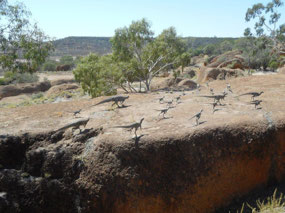

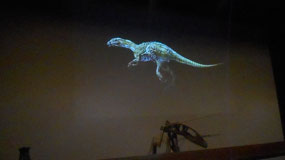
2025-05-23